Ever wondered how much gold is lost during jewellery crafting? Gold wastage, the small amounts of gold lost during the creation process, impacts prices and craftsmanship. Discover how jewellers manage this wastage and what it means for your next gold purchase.
Let’s Begin
Gold is one of the most precious metals on Earth. Its beautiful yellow hue and rarity make it highly valuable and desirable. Many people invest in gold jewellery, coins, or bars as a way to protect their wealth. However, there is an issue in the gold industry that not many are aware of – gold wastage.
What is gold wastage? It refers to any gold that is lost, wasted, or misused during the various stages of mining, refining, manufacturing, or recycling. Even small amounts of gold waste can add up to massive losses, given how costly and limited this precious metal is.
In this blog, we will explore ten key things you should know about gold wastage.
What Is Gold Wastage? 10 Things You Should Know About It
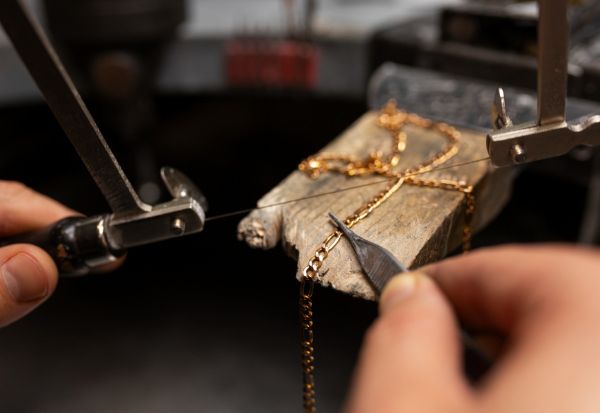
Gold is treasured for its beauty and value, but did you know that during the creation of jewellery, some of this precious metal can be wasted? This blog will explore “What is gold wastage?” and provide you with 10 important things to know about it.
1. Understanding Gold Wastage:
Gold wastage refers to the small amounts of gold lost during the jewellery-making process. When gold is melted, shaped, and polished, tiny particles can be left behind, leading to what is termed as “wastage.” This is a common occurrence in the jewellery industry, and while it may seem minor, it can add up over time.
2. Causes of Gold Wastage:
Several factors contribute to gold wastage. When jewellers cut and shape gold pieces, fine particles are often lost. Polishing and finishing processes also lead to gold dust being scattered. Even when gold is melted, some of it can evaporate. Each step in crafting jewellery can result in a bit of gold being wasted.
3. How Jewellers Manage Gold Wastage:
Jewellers are aware of gold wastage and take steps to minimise it. They collect gold dust and scraps to melt them down and reuse them. Advanced tools and techniques help reduce the amount of gold lost. Some jewellers also include a small wastage charge in the price of the jewellery to cover these losses.
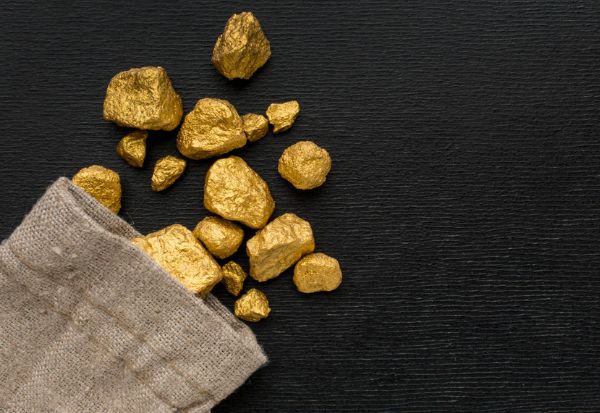
4. Impact on Jewellery Prices:
Gold wastage affects the cost of jewellery. Jewellers add a wastage charge to compensate for the gold lost during the crafting process. This charge varies depending on the complexity of the design and the amount of gold used. While this might make jewellery slightly more expensive, it ensures that jewellers can sustain their craft without significant loss.
5. Standard Wastage Percentages:
Standard wastage normally differs depending on the design used in the manufacturing process of gold jewelry. Usually, simple pieces have less percentage wastage compared to complex designs. This wastage is a common phenomenon in jewelry making and it has already been incorporated in the price of the jewel. Knowledge of standard wastage can assist the buyers in deciding on the amount of money they are willing to spend on the gold jewelry more than the actual value of gold. There is nothing wrong with consumers asking the expected wastage quantities when selecting a specific type of style in jewelry.
6. Reducing Gold Wastage in Jewellery Making:
Innovative techniques and technology have helped jewellers reduce gold wastage. Laser cutting allows for more precise designs with minimal waste. Jewellers also use vacuum systems to collect gold dust, ensuring that even the smallest particles are not lost.
7. The Role of Gold Wastage in Hallmarking:
Hallmarking is the process of certifying the purity of gold. During this process, a small amount of gold is tested, which can contribute to wastage. However, this is necessary to ensure that the gold meets quality standards. Hallmarked gold guarantees buyers that they are getting the purity they paid for.
8. Recycling Gold to Minimise Wastage:
Recycling gold is a crucial part of reducing wastage. Old jewellery, scrap gold, and even electronic components can be melted down and refined to make new pieces. This not only helps in conserving gold but also reduces the environmental impact of mining new gold.
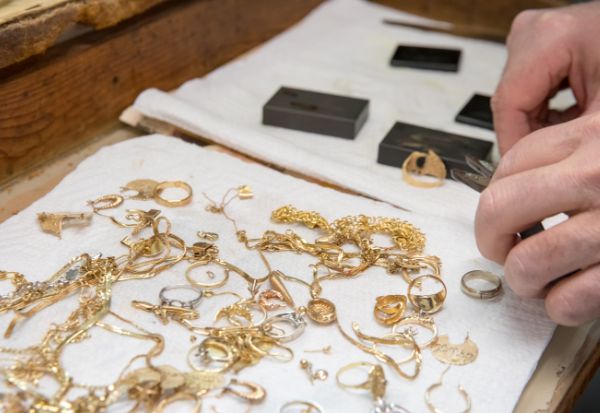
9. Gold Wastage in Traditional Crafting:
In traditional gold jewellery crafting, techniques passed down through generations often lead to higher wastage. Handcrafted designs and intricate detailing require more handling, which can result in more gold being lost. However, these traditional methods also add unique value and character to the jewellery, making them highly cherished pieces.
10. What Buyers Should Know About Gold Wastage:
As a buyer, it’s important to understand what gold wastage is and how it affects the cost of your jewellery. When purchasing gold jewellery, ask about the wastage percentage and charges. This will give you a clear idea of the value you are getting. Being informed helps you make better decisions and appreciate the craftsmanship that goes into each piece.
Celebrating a Legacy of Timeless Elegance and Exquisite Craftsmanship
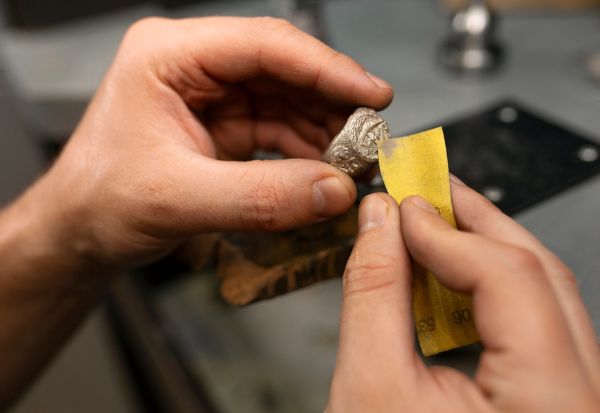
Our extensive collection features a wide range of diamond and precious gemstone jewellery, each piece reflecting the rich heritage and sophisticated craftsmanship of South India. From intricate traditional designs to contemporary styles, VBJ offers jewellery that is both beautiful and meaningful.
As a trusted name in the industry, VBJ is committed to providing exceptional quality and value to our customers. We invite you to explore our stunning collections and experience the unparalleled beauty and craftsmanship that define Vummidi Bangaru Jewellers.
Conclusion
Gold wastage is an inevitable part of jewellery making, but understanding it helps you appreciate the work and skill involved. By asking the right questions and being aware of the processes, you can make informed choices when buying gold jewellery. Remember, each piece of jewellery carries with it a bit of the craftsman’s effort to minimise wastage and deliver something beautiful and valuable.
Key Takeaways
- Gold wastage is the small amount of gold lost during the jewellery-making process.
- Jewellers manage wastage by collecting and reusing gold dust and scraps.
- Gold wastage impacts jewellery prices, with a small charge often added to cover losses.
- Recycling gold is essential for minimising wastage and promoting sustainability.
- Being informed about gold wastage helps buyers make better decisions and appreciate the craftsmanship.
By understanding these aspects, we can better appreciate the value of gold jewellery and the efforts made by jewellers to create stunning pieces with minimal wastage.
FAQs Releated to Gold Wastage
1. What is gold wastage?
Gold wastage refers to the small amount of gold lost during the jewellery-making process. This can occur during cutting, shaping, polishing, and finishing the gold.
2. Why does gold wastage happen?
Gold wastage happens because tiny particles of gold are lost during various stages of crafting jewellery, such as cutting, shaping, polishing, and melting.
3. How do jewellers manage gold wastage?
Jewellers manage gold wastage by collecting gold dust and scraps to melt them down and reuse. They also use advanced tools and techniques to minimise the amount of gold lost.
4. Does gold wastage affect the price of jewellery?
Yes, gold wastage affects the price of jewellery. Jewellers often add a wastage charge to cover the gold lost during the crafting process, which can vary based on the complexity of the design.
5. What are standard wastage percentages for gold jewellery?
Standard wastage percentages for gold jewellery can vary. Simple designs may have a wastage percentage of around 3-5%, while intricate designs could have up to 10% wastage.
 Store Locator
Store Locator 

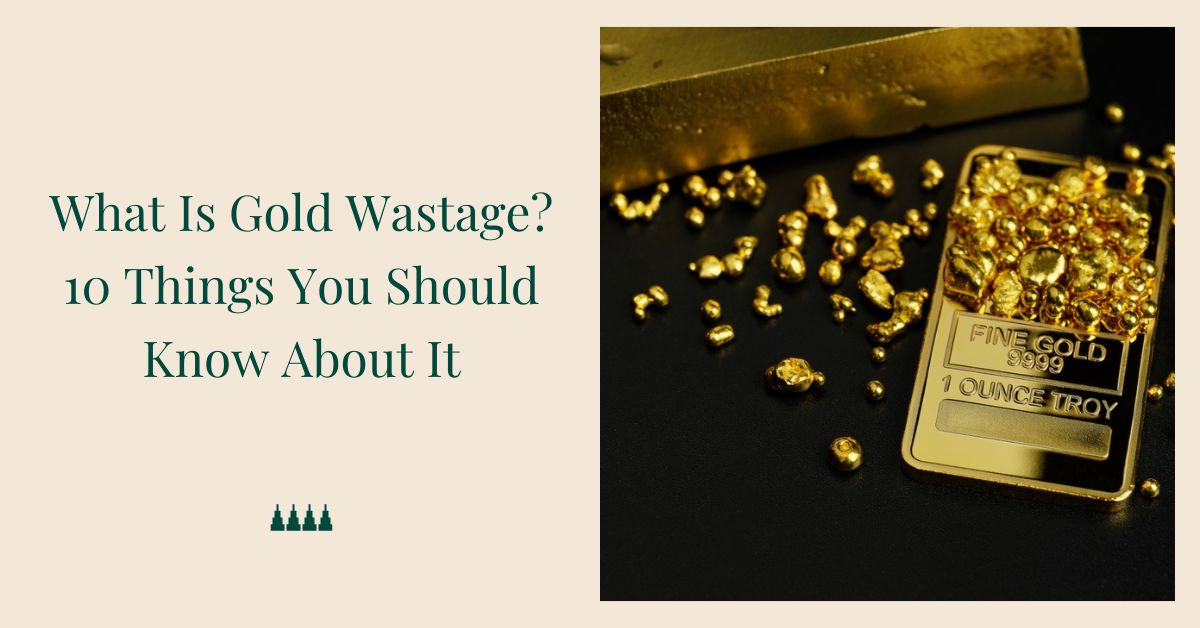
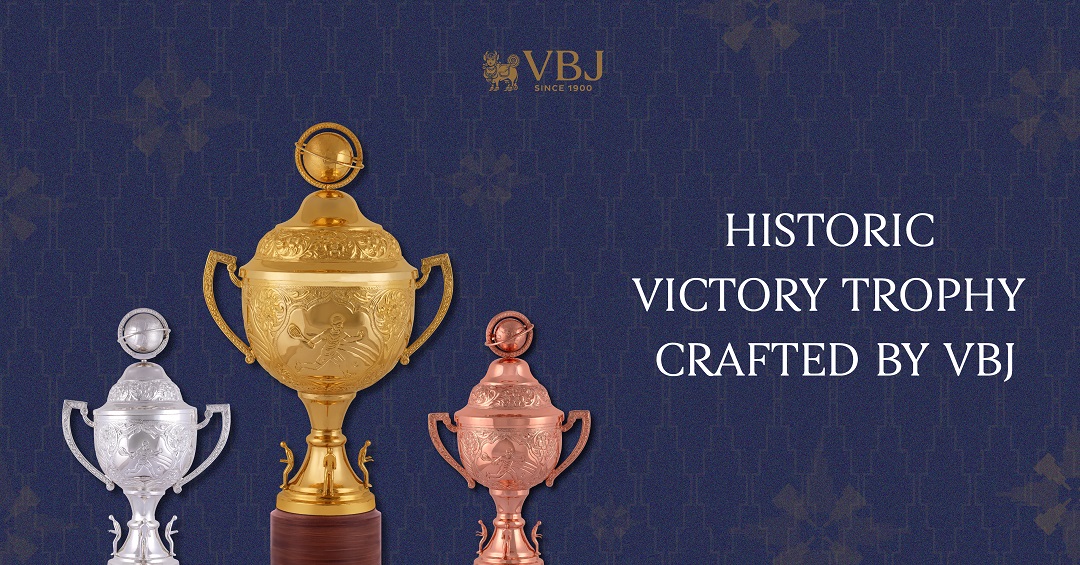
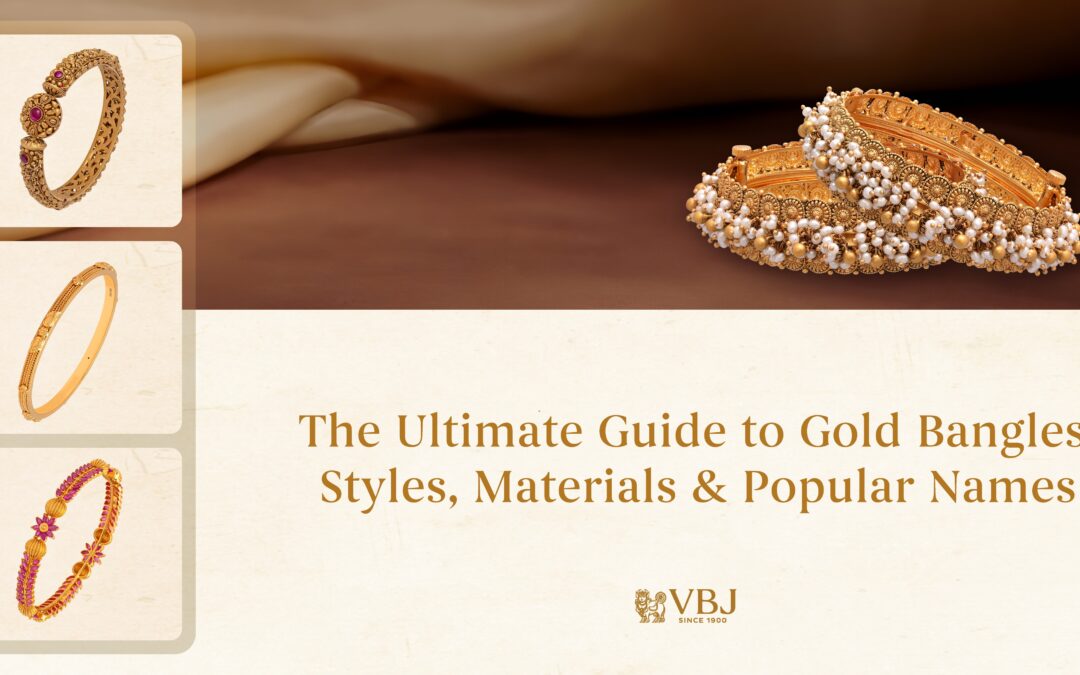
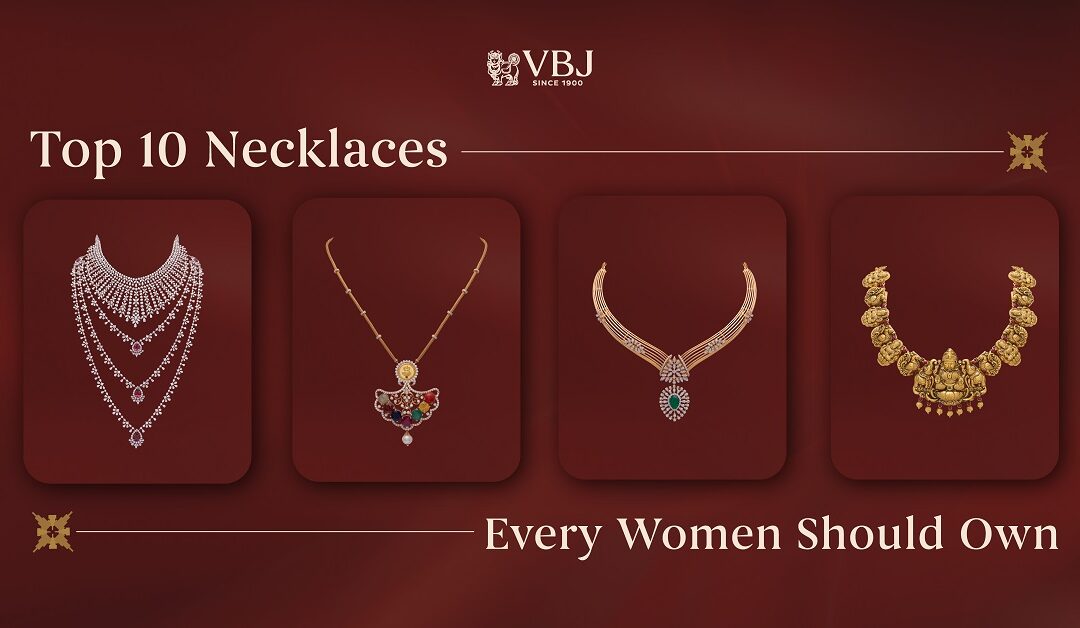


0 Comments